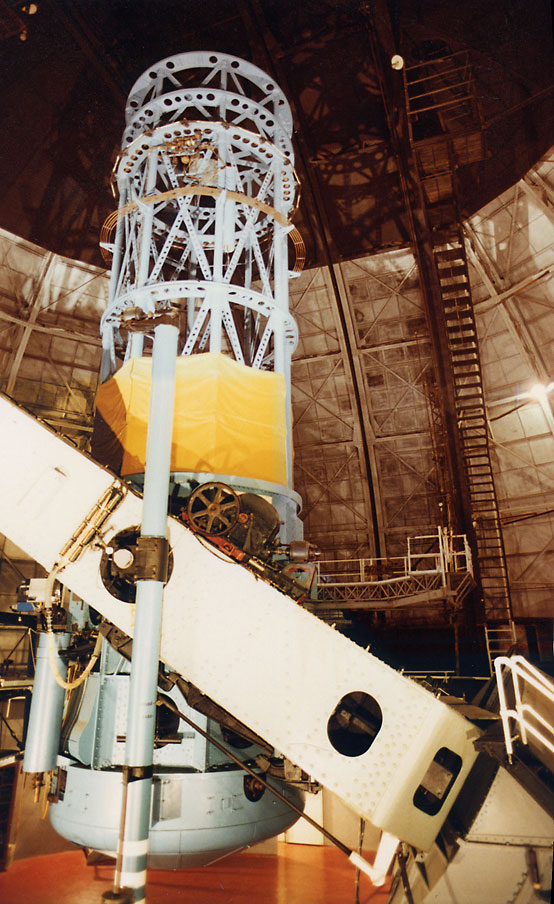Astronomy 101
- Introduction to Astronomy
- The Solar System
- Stars and Galaxies
- The Milky Way and Other Galaxies
- Telescopes and Observatories
- The Sun and the Moon
- The Earth and the Sky
- Space Exploration
- Astrobiology
- Space-Time and Relativity
- Black Holes and Neutron Stars
Telescopes and Observatories
Introduction to Telescopes

Instrument that aids in the observation of remote objects.
Telescopes are one of the most important tools in the field of astronomy. They have allowed us to explore the cosmos, understand our place in the universe, and make groundbreaking discoveries about the nature of space and time. In this unit, we will cover the basics of what a telescope is, how it works, and its purpose in astronomy.
What is a Telescope?
A telescope is an optical instrument that makes distant objects appear magnified by using an arrangement of lenses or curved mirrors and lenses, or various devices used to observe distant objects by their emission, absorption, or reflection of electromagnetic radiation.
The word "telescope" comes from the Greek words "tele," meaning "far," and "skopos," meaning "watcher." So, a telescope is essentially a tool for watching things that are far away.
How Does a Telescope Work?
The primary function of a telescope is to gather light. In space, everything we see is based on light. Stars emit light, planets and moons reflect light, and galaxies are collections of stars and other celestial objects emitting and reflecting light. The more light we can gather, the better we can see these distant objects.
A telescope gathers light through its objective, which is the large lens or mirror at the front of the telescope. The objective's size is crucial because a larger objective can gather more light.
Once the light is gathered, it needs to be focused so we can view it. This is done through a lens or mirror that takes the incoming light and focuses it to a point. This point is then magnified by the eyepiece, which spreads the light out again so that it can be viewed by the human eye.
The Purpose of a Telescope in Astronomy
The primary purpose of a telescope is to allow us to see more detail in the night sky than we could with the naked eye. With a telescope, we can see distant stars, galaxies, and other celestial objects. We can observe the rings of Saturn, the moons of Jupiter, and the craters on our own Moon.
Telescopes also allow us to see in different wavelengths of light. While our eyes can only see visible light, telescopes can be designed to see in infrared, ultraviolet, X-ray, and other wavelengths. This allows us to observe different aspects of celestial objects and can provide valuable information about the universe.
In conclusion, telescopes are a fundamental tool in astronomy. They allow us to gather and focus light from distant objects, providing a closer and more detailed view of the universe. Whether you're a professional astronomer or an amateur stargazer, understanding how a telescope works is the first step in exploring the cosmos.